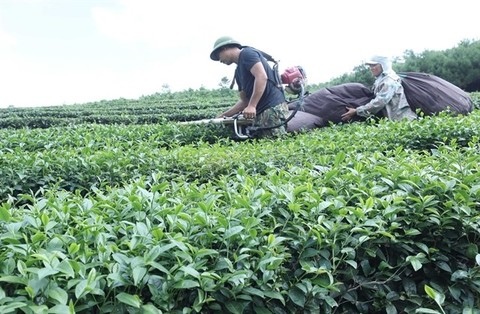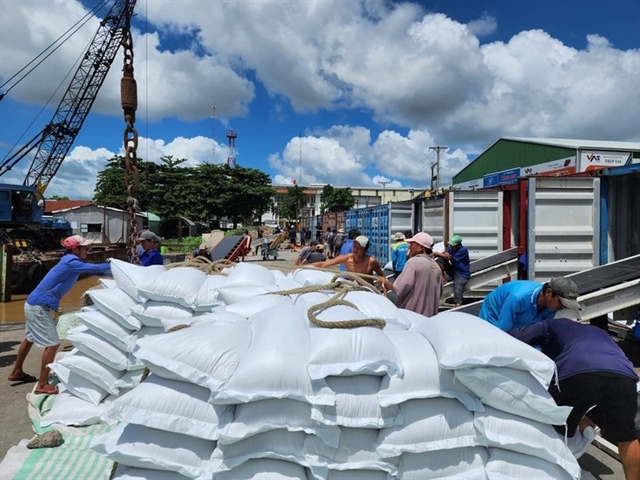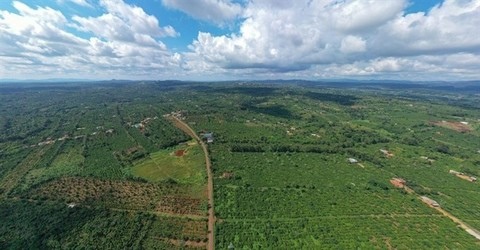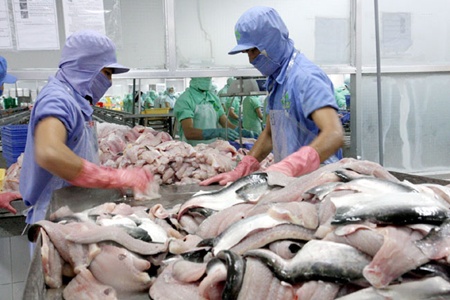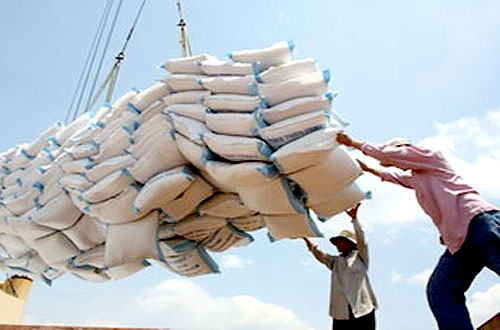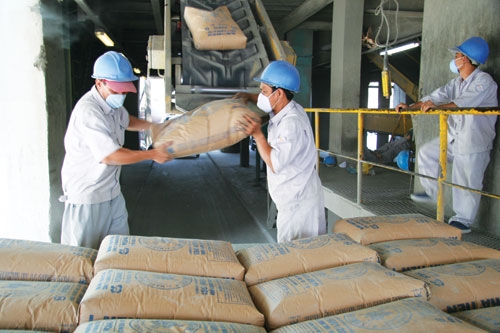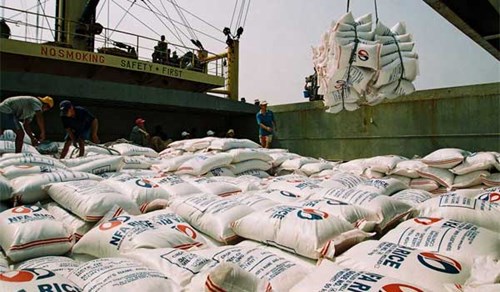Latex prices plunge, rubber trees axed
Latex prices plunge, rubber trees axed
Farmers in central and southeastern provinces have cut down more rubber trees as the price of latex has plummeted.
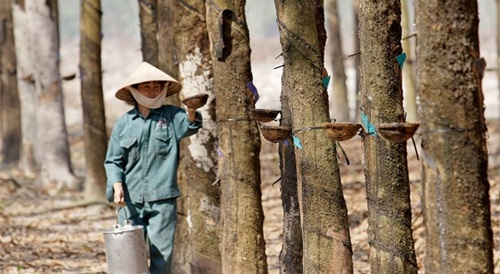
The 1.5-ha rubber garden of farmer Ho Van Thanh in the central province of Quang Tri was planted in 1996, but this year he has cut down all of his trees.
The price for one kilo of fresh rubber latex was only VND15,000, a significant fall compared with last year's price of VND30,000 – 40,000 per kg.
"With 1.5 ha of rubber, I can earn less than VND100,000 (US$5) per day). If I hire workers to harvest latex, I will lose around VND200,000 ($10) per day. So, I have to cut the trees down and cultivate another kind of tree," Thanh was quoted as saying in Tuoi Tre (Youth) newspaper.
The capacity and quality of rubber in the two central provinces of Quang Tri and Quang Binh fell sharply because of a storm that hit the area in late 2013.
As a result, farmers spent at least VND14 million ($700) to clear their land.
In southeastern provinces like Binh Duong, Binh Phuoc and Tay Ninh, the situation was the same.
"I don't know when the latex price increased, but the cost of taking care of the trees and fertilisers is too much," said farmer Vo Hung Lam, who lives in Phu Chanh commune, Tan Uyen District, Binh Duong Province.
"The latex price is the lowest in the last 10 years and farmers have to cultivate something that is more stable," Lam added.
In 2007 when latex prices rose, Nguyen Thi Nga in Dong Nai Province's Thong Nhat District replaced her two-hectare garden of durian and mangosteen with rubber trees. The two fruits had turnover of VND70 million ($3,500) per year.
"If I had kept the durian and mangosteen, I would be earning now more than VND600 million ($30,000)," Nga said.
In 2010, Bui Van Rai, of Binh Phuoc Province's Hon Quan District, spent VND1 billion ($45,000) to buy one hectare of young rubber. Now he wants to sell at half price, but no one has asked.
At Dau Giay Rubber Plantation in Dong Nai Province, over the past year, 60 per cent of labourers of nearby Tran Hung Dao Hamlet in Tan Thanh Commune worked on rubber trees, but their monthly salary was only between VND500,000 and VND1.5 million ($24-71), half compared with the previous income.
"In the past, it was not easy to become a plantation worker, but now hundreds of workers have left within a two-month period," said worker Tran Minh Tuan, who has quit. "The remaining people are those near retirement."
Along with Provincial Road DT 785 from Tan Chau Town in the southern province of Tay Ninh to the Ka Tum border gate with Cambodia, young rubber trees were cut and replaced.
"I have to cut a 7-ha rubber garden at a loss of VND450 million ($22,000) and plant cassava because I cannot invest in more rubber," farmer Nguyen Van Chau in Tan Chau District, said.
In Tan Chau District, 160 hectares of rubber trees have been cut, and cassava plants have replaced them. The figure in Tan Bien District is 410 hectares.
"We have persuaded farmers to keep the rubber trees because they have invested a lot of money and time, but they have a right to cut down their rubber trees," said Nguyen Dac Hung, head of the Tan Bien District's Agriculture and Rural Development Department.
Most Vietnamese rubber-latex sales depend on Chinese traders.
Rubber prices reached their peak in 2011, but prices have now fallen by one-third.
"Most Vietnamese rubber plantations produce a small quantity, so most of them must export to China. If we want to seek another market, we must have at least 1,000 tonnes of rubber latex at one time to export. But that figure is huge for the limited capacity of Vietnamese plantations," said Nguyen Van Minh, director of Viet Trung Rubber Limited company, in the central province of Quang Binh.
bizhub


